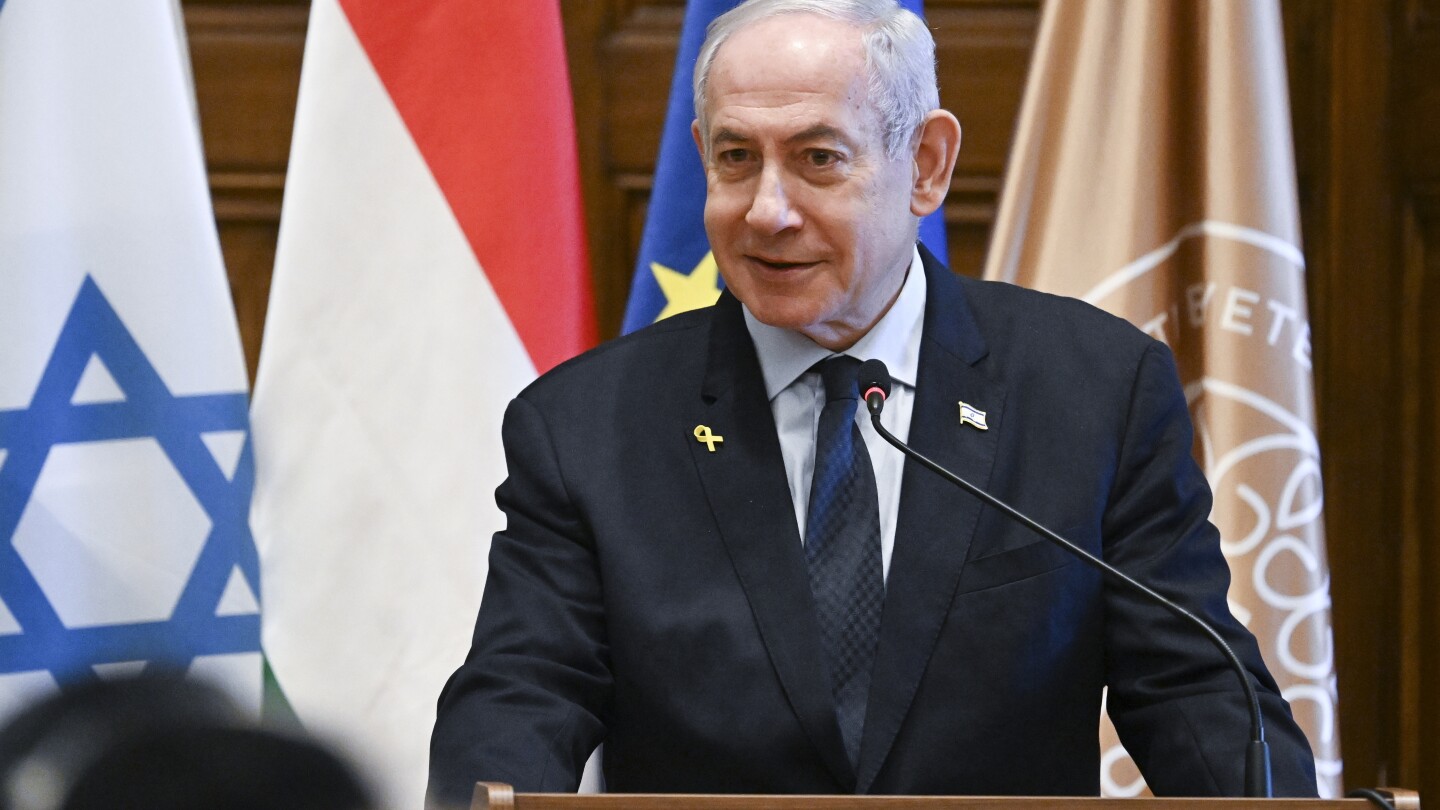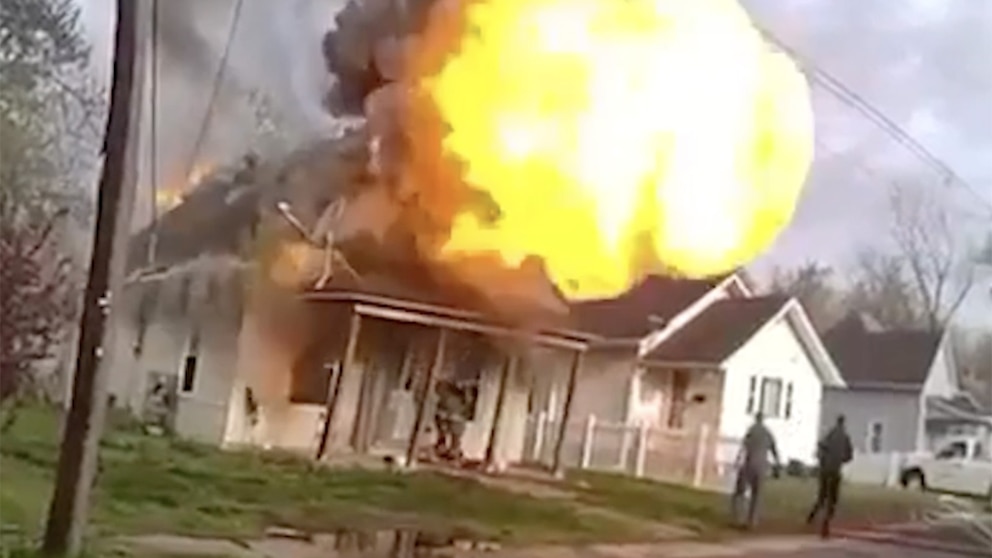Strategic Shift: Israeli Forces Expand Operations in Gaza’s New Corridor
In a pivotal tactical maneuver, Israeli forces have launched operations in a newly identified corridor across central Gaza, signaling a potential escalation in the ongoing conflict. The military advance, confirmed by defense officials on Tuesday, aims to disrupt militant infrastructure but raises concerns about civilian safety and regional stability. This development comes as international mediators struggle to revive ceasefire negotiations amid mounting humanitarian crises.
Military Objectives and Geographic Significance
The newly targeted corridor—a 3.5-mile stretch between Deir al-Balah and Bureij—has become a focal point for Israeli operations due to its alleged use by Hamas for weapons transport and fighter movements. Satellite imagery analyzed by conflict monitors shows recent earthworks suggesting tunnel networks beneath the area. “This zone is a linchpin for Hamas’s logistical chain,” explains retired IDF Colonel David Levy. “Controlling it could sever connections between northern and southern Gaza.”
Key strategic implications include:
- Disruption of supply lines: The corridor reportedly links Hamas’s remaining strongholds
- Civilian displacement risks: Over 250,000 Palestinians reside within the operation’s radius
- International response: The UN reports 60% of Gaza’s infrastructure is already damaged
Humanitarian and Diplomatic Fallout
As bulldozers carve new security perimeters, aid groups warn of catastrophic consequences. “This escalation coincides with famine warnings for 500,000 Gazans,” says UNICEF regional director Elena Garcia. Medical staff at Al-Aqsa Hospital describe treating shrapnel injuries amid collapsing sanitation systems.
Diplomatic tensions flare as Qatar-mediated talks stall. While Israeli PM Netanyahu asserts the operation “targets terrorists, not civilians,” Arab League foreign ministers condemn the move as collective punishment. The US State Department has cautiously urged “measured steps to avoid further destabilization.”
Expert Analysis: A Turning Point?
Security analysts debate whether this marks a strategic climax or prolonged attrition. “Israel is playing whack-a-mole with Hamas’s underground network,” argues Georgetown University’s Dr. Amina Khalid. “Without a political endgame, military gains may prove temporary.” Conversely, former Mossad operative Jacob Cohen contends: “Clearing this corridor could finally degrade Hamas’s command capabilities.”
Recent data underscores the operation’s intensity:
- 1,200+ airstrikes recorded in Gaza this month
- IDF reports neutralizing 150 militants in corridor clashes
- 83% of Gaza’s population now internally displaced (UNRWA)
Regional Reactions and Future Scenarios
Neighboring Egypt has reinforced its border, while Hezbollah’s sporadic rocket fire from Lebanon hints at widening conflict risks. European diplomats privately express concerns about the operation derailing postwar governance plans.
Three potential outcomes dominate strategic forecasts:
- Breakthrough: Hamas leadership agrees to hostage deals under military pressure
- Stalemate: Urban warfare persists through 2024 with no clear victor
- Escalation: Iranian proxies open new fronts along Israel’s northern border
Conclusion: A Fragile Threshold
As dust settles over Gaza’s newest battlefield, the operation’s success hinges on balancing security aims with humanitarian imperatives. With Ramadan approaching, the window for de-escalation narrows daily. Global observers urge renewed diplomatic efforts before the conflict crosses irreversible thresholds. For verified updates on developing situations, subscribe to our conflict monitoring alerts.
See more ABC News Feed



